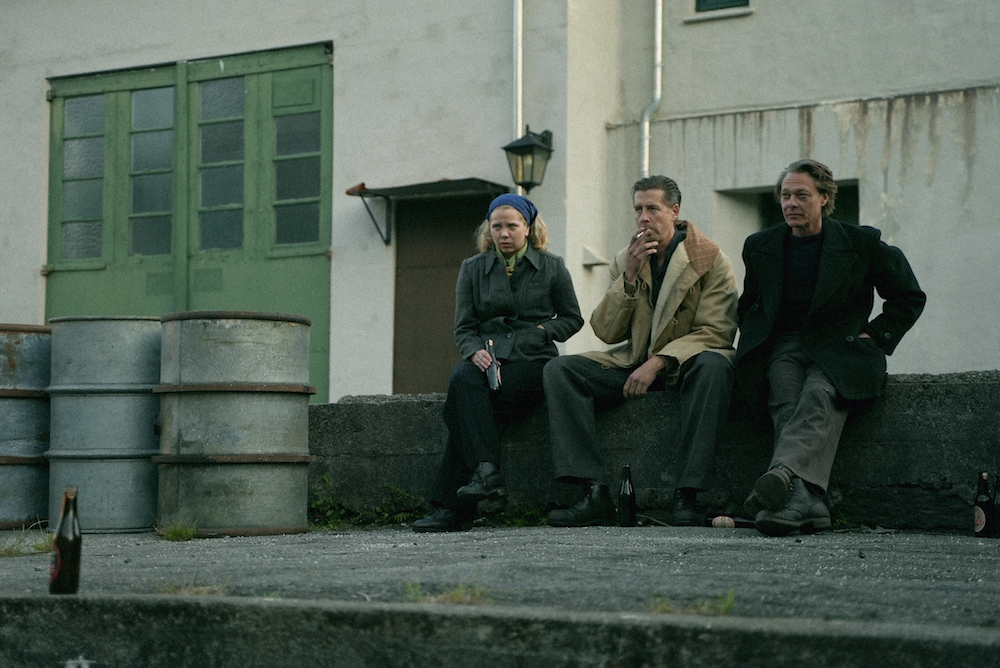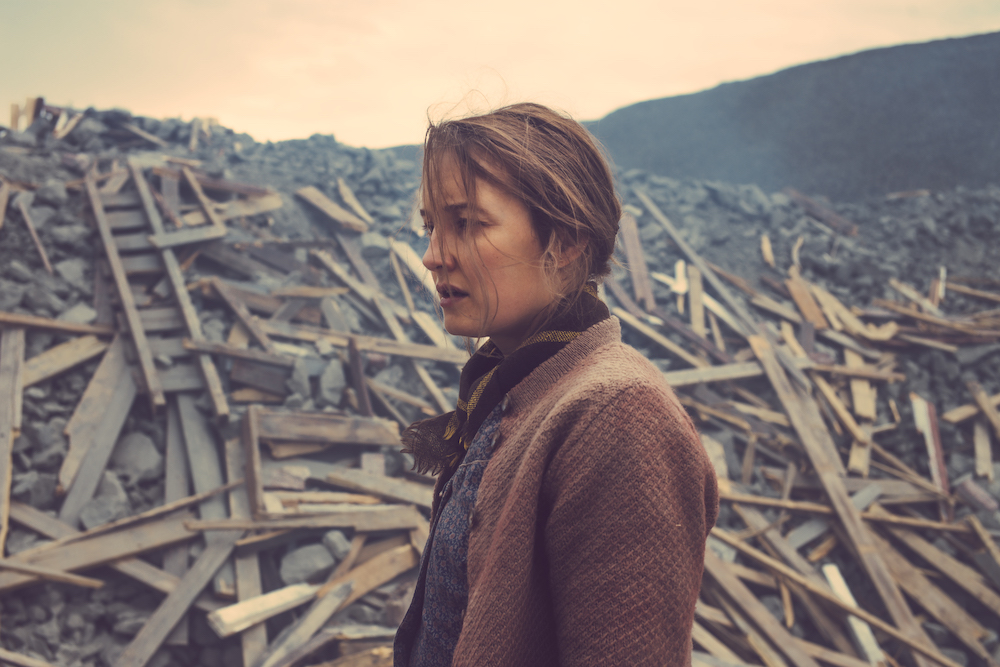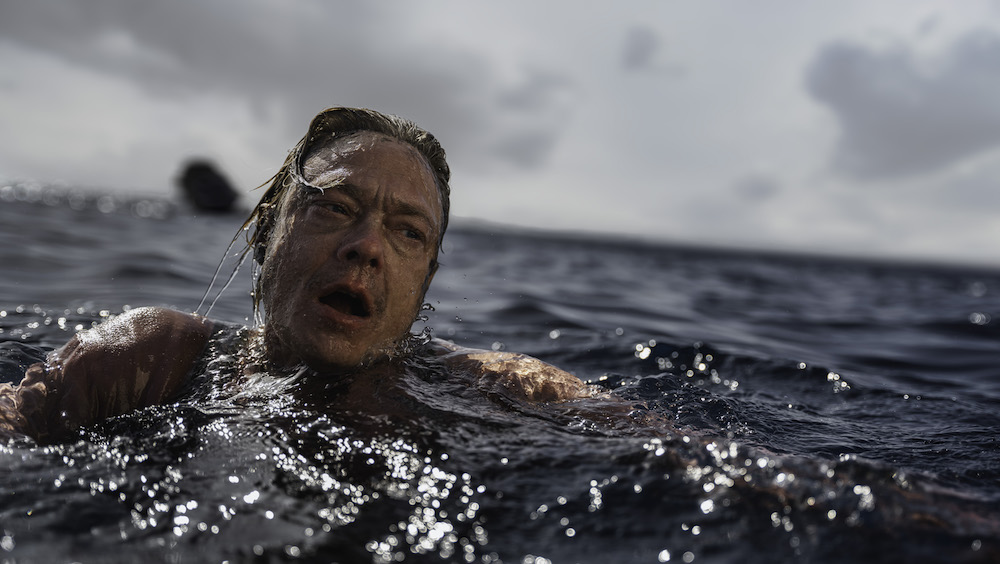Netflix’s war drama series ‘War Sailor’ follows the story of two men, Freddy and Sigbjørn, who work on a Norwegian merchant ship. They get embroiled in the Second World War when Norway declares all of their ships to be used in aiding the Allies. Despite being civilians, people like Freddy and Sigbjørn are thrown into the heat of the war without any means to defend themselves. Meanwhile, back home, their families try to survive under the Nazi occupation of their country.
Written and directed by Gunnar Vikene, ‘War Sailor’ is a harrowing portrayal of the effects of war and how it tears apart families and friends, leaving indelible marks on their lives. The World War II setting raises curiosity about the extent of reality depicted in the Netflix series.
War Sailor is Based on the Real Experiences of Norwegian Civilians
Yes, ‘War Sailor’ is based on the true story of Norwegian sailors during the Second World War. In the series, Freddy and Sigbjørn leave before Germany invades Norway in 1940. The war was already raging by this time, and the Norwegian government sided with the British and aided them with ships and other resources. These merchant ships were not equipped for battle but were used to supply weapons and other essential things across the ocean. Reportedly, half of the total vessels that aided the effort were destroyed during the war, with thousands of people dead.

Unlike the soldiers on the battlefield, the civilians were not given the credit they deserved for their service. This is what Vikene wanted to highlight through this story. ‘War Sailor’ was conceived as a film, becoming the most expensive production in Norway’s history. The film was also the country’s official entry to the 2023 Academy Awards. It was later adapted into a TV show, which expands the scope of the film by including the footage that didn’t make the cut in the movie.
The idea for the story first germinated in the director’s mind when he was thirteen. “My father was a painter, and they were his colleagues. They were self-medicating with alcohol and very traumatized. We were painting a flour silo, and one of them took his shirt off and was walking around the edge, 60 meters from the ground. He was playing with his life,” Vikene said. When he wondered why someone would be so careless with their life, his father explained that the man had survived much worse things. He had seen the horrors of war and had been torpedoed twice.
This incident stuck with young Vikene. Over the years, he collected stories of such sailors, including his family members who sailed. The fact that there were thousands of such ships of different countries carrying civilians and they were rarely, if ever mentioned, in the context of war felt unfair to Vikene, who was a submarine engineer before he turned to filmmaking. “They’re the unsung heroes of that war — they were caught up in it, and they couldn’t [make decisions] for themselves. Then, after the war, they didn’t fit the idea of the war hero because they had no uniforms, no guns, and no medals. And so they were forgotten and ill‑treated after the Second World War,” he said.

Through ‘War Sailors,’ Vikene wanted to present the events from the perspective of the working class, noting that “90% of people dying in war today are civilians.” He finally jotted down the story almost three decades later. A conversation with his daughter about the child casualties in Syria in 2015 spurred him into writing. “There was an image of a boy in the back of an ambulance, covered in dust, with big, shocked eyes. [Vikene’s daughter] started to cry and said, ‘I am so glad we don’t live in a country where we have to experience that.’ I pointed out the window and said, ‘Well, over there, our family lost children,’” he said.
The last line was in reference to the bombing of the school, which killed many civilians, including children, a scene that features in the movie. It was tragedies like this that the director wanted to show the audience. Calling it a film about survival, Vikene said he didn’t want to romanticize war, as is often seen in war films. He wanted a story about making “it home to your loved ones, not about heroism in action. It was more about the consequences of war and what happens with families after the war.”
While the film recreates actual events, the director doesn’t consider it a biographical film. Even though the characters in the movie are based on real people, Vikene revealed that they are fictional versions as opposed to the accurate representation of real-life people. He took some creative liberties in portraying the characters and certain events, but at its core, he kept the movie as grounded in reality as possible.
Read More: Best World War II Movies


You must be logged in to post a comment.